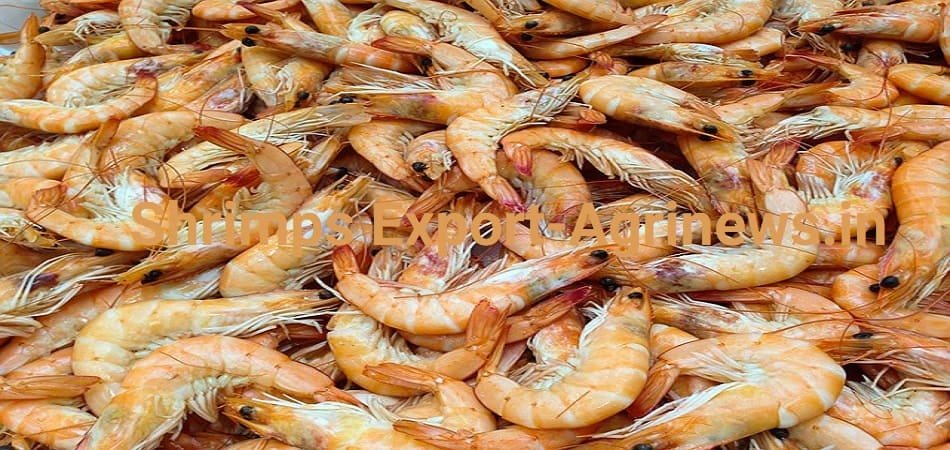India getting ready to ship 40,000 tonnes shrimp to US after pause in tariff increases
India’s seafood exporters are getting ready to ship 35,000 to 40,000 tonnes of shrimp to the United States, as orders remain steady after US President Donald Trump paused a planned 26% tariff. Instead, the duty has been reduced to 10%, bringing relief to exporters, industry officials said on Monday.
“There’s a lot of relief now as we are on par with other shrimp exporters to the US. The shipments that were put on hold can now be processed,” said K N Raghavan, Secretary General of the Seafood Exporters Association of India, speaking to PTI.
About 2,000 containers of shrimp that had been delayed are now being prepared for export following Trump’s decision on April 9 to pause the higher tariffs. The decision came just a week after the higher tariff was announced on April 2.
The temporary pause keeps a 10% general tariff in place for all countries except China, which still faces a much higher duty of 145%.
At the moment, Indian shrimp exports to the US face an overall customs duty of 17.7%, which includes 5.7% in countervailing duties and 1.8% in anti-dumping duties.
Industry sources explained that Indian exporters usually handle tariff costs under delivery duty-paid (DDP) agreements. This means that if the higher 26% tariff had gone into effect, previously agreed shipments would have become much more expensive for Indian companies.
“The 90-day pause gives exporters a chance to complete these orders without facing extra costs,” said an industry representative. Also Read | Budget 2024: Shares of shrimp, seafood makers in high demand following budget allocation
The association also confirmed that there has been no decline in orders from the US, which continues to be India’s biggest shrimp market in terms of both volume and value. In the 2023–24 financial year, India exported shrimp worth $2.7 billion to the US.
Raghavan also urged the Indian government to push for fairer trade conditions during upcoming talks before the temporary pause on tariffs comes to an end.


















Add Comment